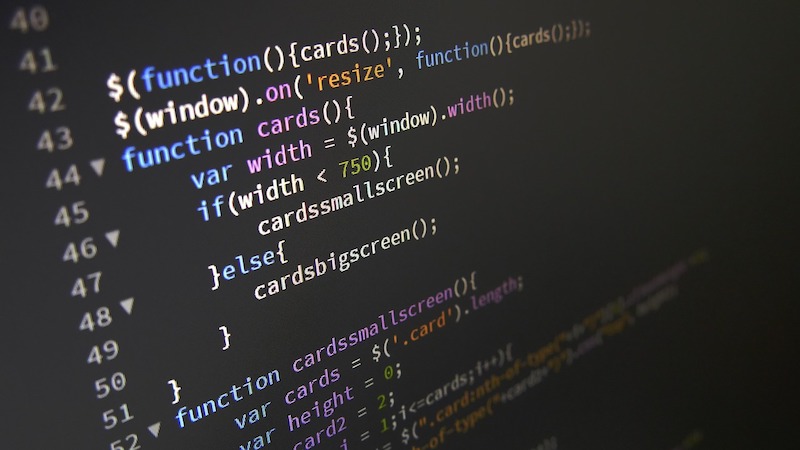
API to Perform Trades on DEX
Application Programming Interface (API) technology has enabled the feasibility of trading in various tokens, exchanges, and between applications.
Accompanied by the flexibility of transactions carried out on Decentralized Exchanges (DEX), organizations are seeking APIs. They serve as the perfect intermediary for an enhanced experience.
This article points out the benefits of using APIs such as WatchData to develop infrastructure using blockchain and other applications. Let’s get started.
What is an API?
An Application Programming Interface (API) is programming that serves as an intermediary between two software applications. It enables both programming applications to converse and transfer information between each other.
APIs can effectively perform this role for various technologies. They act as the central hub of an application and server whenever a user sends a request to the application to follow through with an order.
Subsequently, when trading, you send a request to get some information through an application; the application transfers your query or request to the server through the API. Upon arriving at the server, the request is processed, and the outcome is displayed.
Types of API
Traditionally, APIs are classified into the following:
REST API
Representational State Transfer (REST) is an API that includes the use of HTTP for making demands. It is utilized in applications wherein some data must be moved based on each user’s activity.
REST API is used in the trading space when a trader’s prerequisites include flexibility in executing a simultaneous request, scalability, and rapid adaptability to web technologies.
WebSocket API
WebSocket is a configuration that enables the transfer of information to and from the servers. The socket that is linked with the server stays open for correspondence. Subsequently, data can be ordered or pushed progressively according to requests.
WebSocket assists with exchanging data during the live market hours, particularly with exchanges that require high recurrence.
Library-Based API
Library-based API makes it seamless for the developers to create the required programming since the libraries comprise binary techniques or codes. These libraries can be alluded directly to the application to collaborate with the API. As a result, the developers don’t need to invest much time in writing codes.
The primary utilization of Library-based API is that the market statistics can be extracted, orders can be sent or altered, and historical information can be ascertained. For example, Zerodha’s Kite Connect API has its kiteconnect library, where you can find the codes for exchange orders, execution, and so on.
Why Use API for Trading on a DEX?
The following are the fundamental reasons why APIs are required for trading on decentralized exchanges:
Security
The correspondence between the exchanging API site and your machine is based on small packets of data comprising just the information it is programmed to take. For instance, only your trade order goes through the trading API, and no other data from your framework is sent.
Flexible REST API
Trading on DEX with APIs gives you more flexibility to use viable programming with numerous coding languages that best fit your needs.
Customization of API to Trader Demands
With APIs, the most exciting usage is that the UI can be tweaked to the demands of the traders. Subsequently, the exchanging API can be utilized according to your inclination.
Getting Authentic Data Updates
You can easily access real-time information for your trades with trading APIs. Access to real-time and factual data is the principal factor for any trader on a blockchain network.
Steps to Start Trading on DEX with API
Below are the steps required to blockchain APIs to enable trading on DEX:
Step 1 – Registration and Keys
Register with a good API provider and get the API keys.
Step 2 – Building an API
Select the language or blockchain to develop and build the API. You can use the language most suitable and easy to comprehend for you. Additionally, on the off chance that you are into High-Frequency Trading, C++ is normally chosen, and in Low-Frequency Trading, Python is generally selected.
Step 3 – Signing in
Afterward, log in to the trading API utilizing your given API keys.
Step 4 – Gaining Access
Once you have successfully signed in, you now have access to each feature, such as enabling smart contracts, fetching data, trading crypto, placing trade orders, and modifying the orders. You can also receive details of your account and transactions like tokens available, stocks you’re holding, and much more.
These are the simple steps to building any blockchain interfaces you may need. Some applications, such as WatchData, provide you with helpful documentation, product, and interface prowess, all at a reduced cost. Click on the link to start using WatchData.
Build on blockchain
Getting the best APIs to build your applications on blockchain technology determines how well trades can be carried out on DEX. We recommend you go for excellent applications that can provide you with the set of tools you need to get started.


